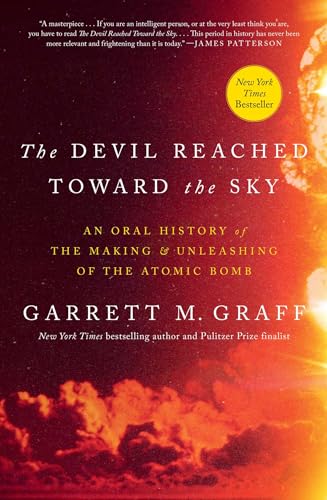
Mobilizing America
by Keith E. Eiler
"Robert P. Patterson and the War Effort, 1940-1945"
Popularity
4.7 / 5
* A book's popularity is determined by how it compares to all other books on this website.
Where to buy?
Buy from Amazon* If you buy this book through the link above, we may receive a small commission at no extra cost to you.
Mobilizing America by Keith E. Eiler
Details
War:
World War II
Perspective:
Researcher
True Story:
Yes
Biography:
Yes
Region:
North America
Page Count:
618
Published Date:
1997
ISBN13:
9780801422768
Description
Brief Summary
Mobilizing America by Keith E. Eiler is a deeply researched exploration of Judge Patterson's significant yet often overlooked contributions to the United States' defense and war efforts during a critical period. Through meticulous detail, Eiler illustrates how the national government adeptly shifted from a peace-time, market-oriented economy to a formidable war machine. The book also delves into the complexities of war policy and the evolution of civil-military relations amid these transformations, offering enriched insights into a pivotal era in American history.
Main Themes and Topics
The central theme of Mobilizing America revolves around the transformation of the United States' national government and its economic machinery in response to global conflict. Keith E. Eiler provides an in-depth look into the processes and decisions that enabled this shift, emphasizing the role of Judge Patterson in these developments. The book explores themes of economic mobilization, policy-making, and the intricate dynamics of civil-military relations during wartime. Eiler also addresses the overarching question of how a large, market-oriented economy can be redirected to meet the demands of war.
Writing Style and Tone
Keith E. Eiler's writing in Mobilizing America is characterized by its scholarly rigor and detailed analysis. His tone is informative and authoritative, reflecting an extensive command over the subject matter. Eiler's style is meticulous, often focusing on the minutiae of policy and economic shifts, which may appeal to readers with a keen interest in historical and military studies. While the book is dense with information, it is organized in a coherent manner that guides the reader through complex topics with clarity.
Criticism
Some readers may find Mobilizing America to be heavily detailed, with a focus that leans towards academic depth rather than narrative storytelling. The exhaustive nature of the research, while impressive, might be overwhelming for those seeking a more general overview of the period. Additionally, the book's concentration on Judge Patterson's contributions may appear too specialized to readers looking for broader historical coverage. This focus, while shedding light on lesser-known aspects, might limit the book's appeal to a niche audience interested specifically in economic policy and civil-military relations during the war.









